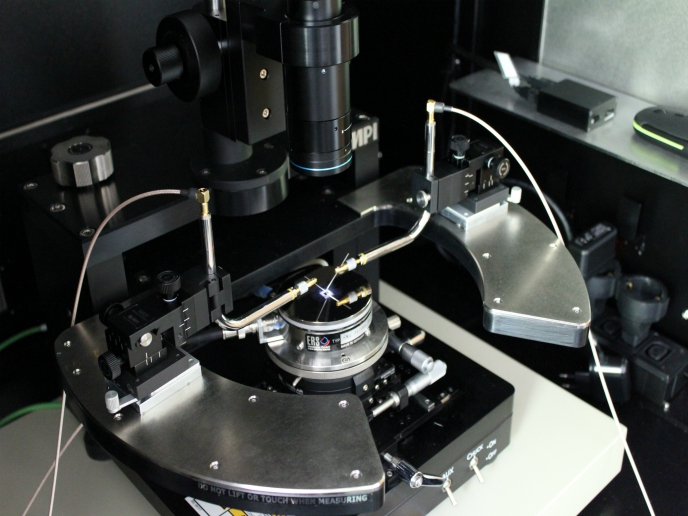Solving a mystery as old as the Big Bang
Nearly 14 billion years ago, our universe burst into existence in the Big Bang. In these first few moments, everything was an extremely hot plasma of elementary particles expanding at close to light speed. The majority were quarks, the constituents of visible matter, and gluons, which as their name suggests, mediate a glue-like strong nuclear force between quarks. Scientists can artificially recreate these conditions by colliding heavy ions at the largest available collision energies in particle accelerators, and have found evidence to support the existence of this extreme state of matter, dubbed quark-gluon plasma (QGP). Yet while the QGP was hypothesised to behave like a weakly interacting gas, heavy-ion experiments at the Relativistic Heavy Ion Collider (RHIC) in Brookhaven, United States and the Large Hadron Collider (LHC) at CERN have shown it to act more similarly to a strongly coupled liquid. In the QGP-MYSTERY project, which was funded by the European Research Council, researchers explored the properties of the QGP at the highest energies to date at the LHC, to gain a deeper understanding of this enigmatic state of matter. “The main implications are new constraints on the properties of QGP, most notably on the temperature dependence of its shear viscosity,” explains Ante Bilandzic, a physicist at the Technical University of Munich and QGP-MYSTERY project coordinator. “Since the universe was filled almost entirely with QGP a few microseconds after the Big Bang, this deepens our understanding of that distant epoch in the evolution of our universe,” he adds.
Measuring anisotropic flow
To discover more about the properties of the QGP, Bilandzic led the QGP-MYSTERY team in studying a physical phenomenon known as anisotropic flow. As two heavy ions collide slightly off-centre, the shape of the collision is uneven. This unevenness, or anisotropy, passes on to the way the particles interact with each other, and the way they move – an effect known as anisotropic flow.
Aligning mathematical formalism with anisotropic flow
The team also aligned complex mathematical formalism, called multivariate cumulants, with the way scientists study anisotropic flow. This led to the development of better tools for analysing the QGP. The new ‘observables’ offer new ways to measure particle flow, including higher-order symmetrical and asymmetrical measurements. “Since each of these new observables satisfies all fundamental properties of multivariate cumulants, each of them by definition carries a piece of independent information about the properties of QGP,” says Bilandzic.
First experiments at the Large Hadron Collider
Through the ALICE Collaboration, researchers have already run the first measurements using these new observables at the LHC, deepening our knowledge of the QGP. So far, the project has yielded a total of 13 publications in peer-reviewed journals: nine theoretical and four experimental papers for the ALICE Collaboration. These include: the development of a new paradigm for multivariate cumulants and corresponding new flow observables; the first experimental measurements of higher-order symmetric and asymmetric cumulants of flow amplitudes; and the first analytic solutions to the ‘combinatorial background problem’, which offers new insights into how the flow measurements in small collision systems should be correctly interpreted. Bilandzic and the team plan to study the QGP further at the LHC, using data sets a few orders of magnitude larger: “This will enable, for the first time, measurements of observables that were unfeasible before due to limited statistics.”
Keywords
QGP-MYSTERY, Big Bang, mystery, quark, state, matter, LHC, particles







